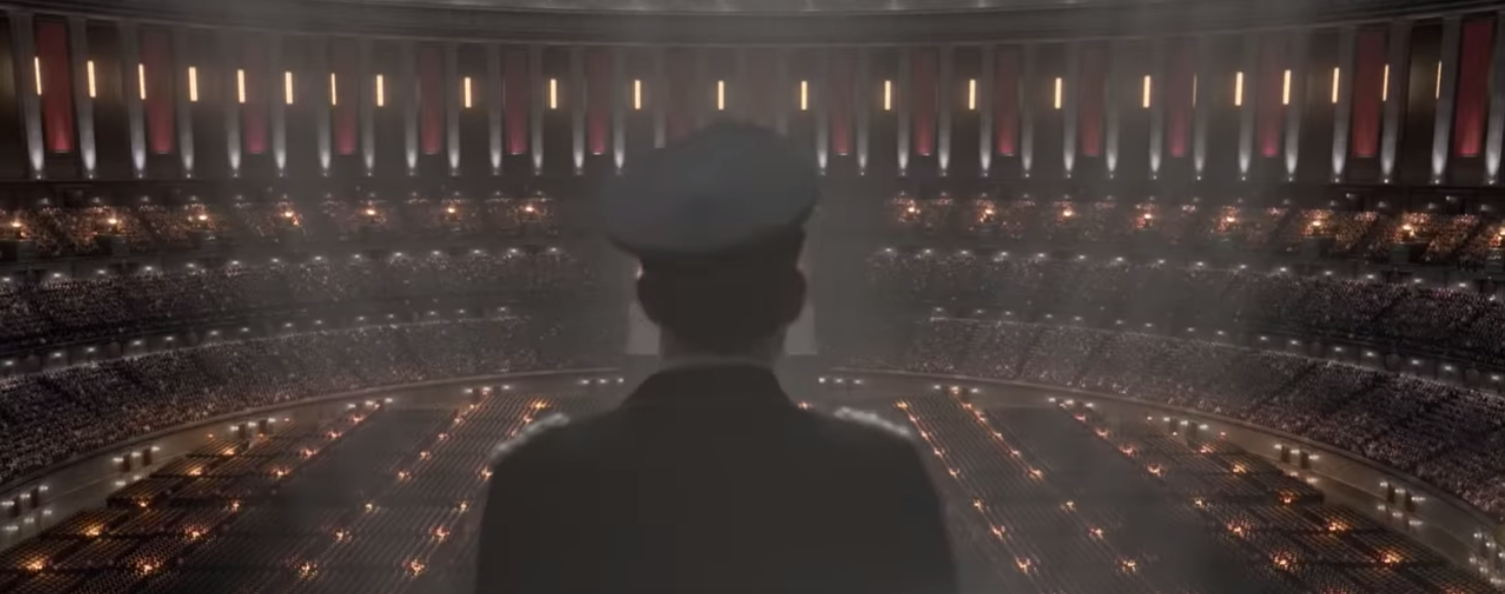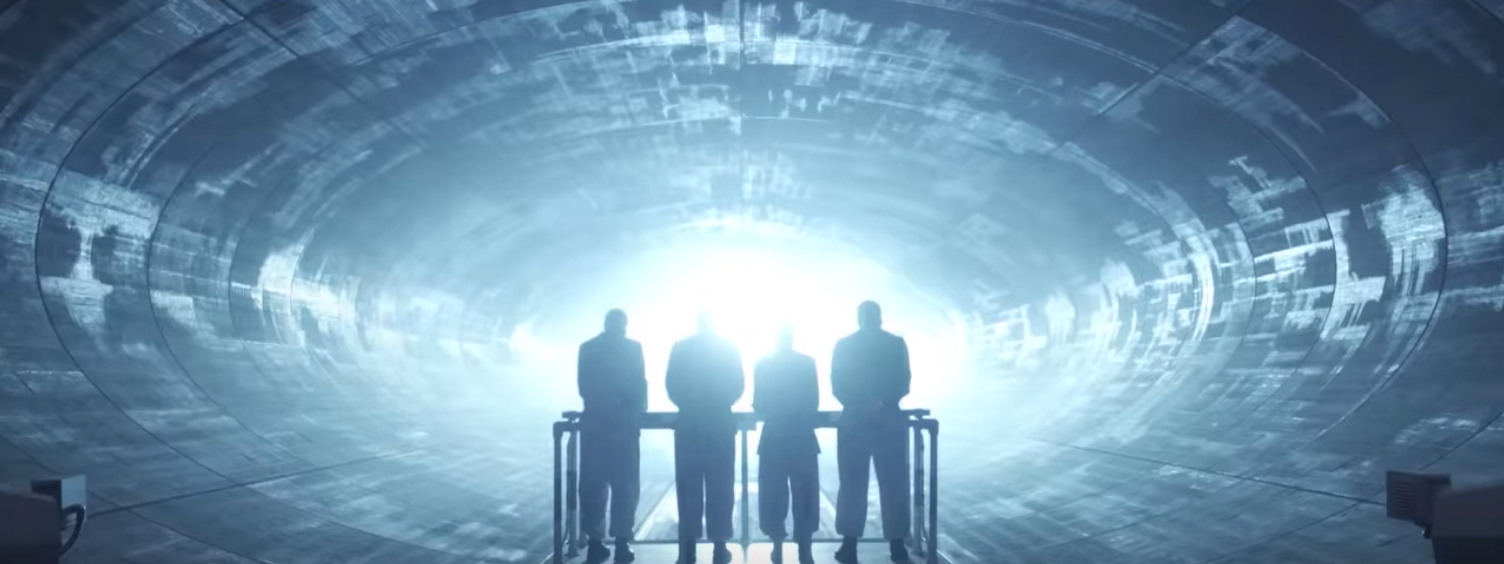'Man in the High Castle' Might Be Controversial — but the Time Traveling Aspect Baffled the Most
Updated Nov. 13 2019, 5:07 p.m. ET

Set sometime after the end of WWII, The Man in the High Castle envisions an alternative timeline to history where the Axis — Germany, Italy, and Japan — came to power and subjugated the U.S.
The past three seasons of the show amused fans and casual viewers alike with their sharp historical references, well-written plot lines and a depiction of technology that's reminiscent of the visual world of early 70s sci-fi.
The one thing that left fans torn? The Man in the High Castle's time traveling element.
Why is The Man in the High Castle's portrayal of time traveling so confusing?
The Amazon Prime series zooms in on the life story of Juliana Crane (Alexa Davalos), the lone time traveler blessed with the ability to hop in and out of different historical periods.
This special skill has been the subject of many heated debates among fans, some of whom vouch that what she does is best classified as time traveling, while others insisting on the notion that it is, in fact, moving freely between parallel universes.

The difference between the two is significant: Juliana is not only able to experience different periods and witness firsthand what's taking place, but she is granted the ability to exercise power over how the different segments unfold, alternating the course of history with her own actions.
Time traveling – or universe hopping, for lack of better term – plays a vital role in the unfolding of the narrative.
As the last representative of moral good in a rotten world, Juliana uses her special powers to take up the fight against the Nazis and help the American people to win finally back their independence.

In a chilling scene, we watch the bruised, blood-covered Juliana will herself out of a high-security prison to avoid being interrogated by the Nazi leader, John Smith (Rufus Sewell), and into a flower bed found somewhere in the idyllic-looking suburbs.
On another occasion, she provides guidance and intel to the cells that make up the resistance movement.
Time traveling is far from the only narrative device Season 4 of The Man in the High Castle has in store.
Previously, the show captured the so-called Die Nebenwelt, a special device allowing everyone regardless of their hereditary dispositions to jump back and forth between alternate realities, which also happens to have the exact same aesthetic as the gap setting apart reality from the upside down in Stranger Things.

Other gadgets to have appeared include the Heisenberg device (fancy term for atomic bomb) and the hydrogen bomb (an explosive that's even more horrible than the atomic bomb).
The Season 3 finale, "Jahr Null" left fans on tenterhooks and gave a new meaning to the word, cliffhanger. How will Season 4 replicate the horror-packed episode that threatened to kill off not one but two of the main characters while also portraying the ruthless destruction of the Statue of Liberty? There's only one way to find out.
Season 4 of The Man in the High Castle will be available on Amazon Prime on Friday, Nov. 15.